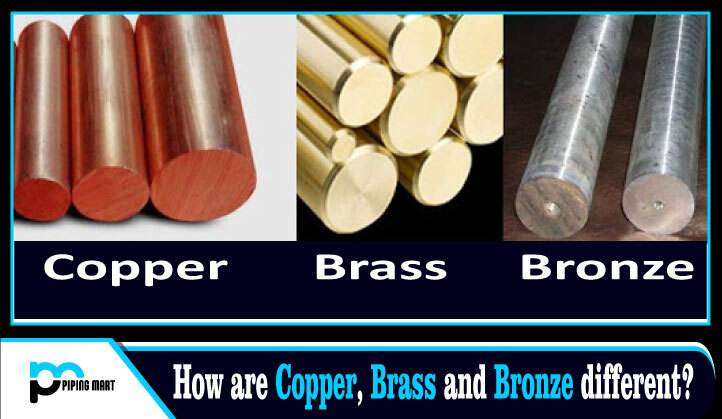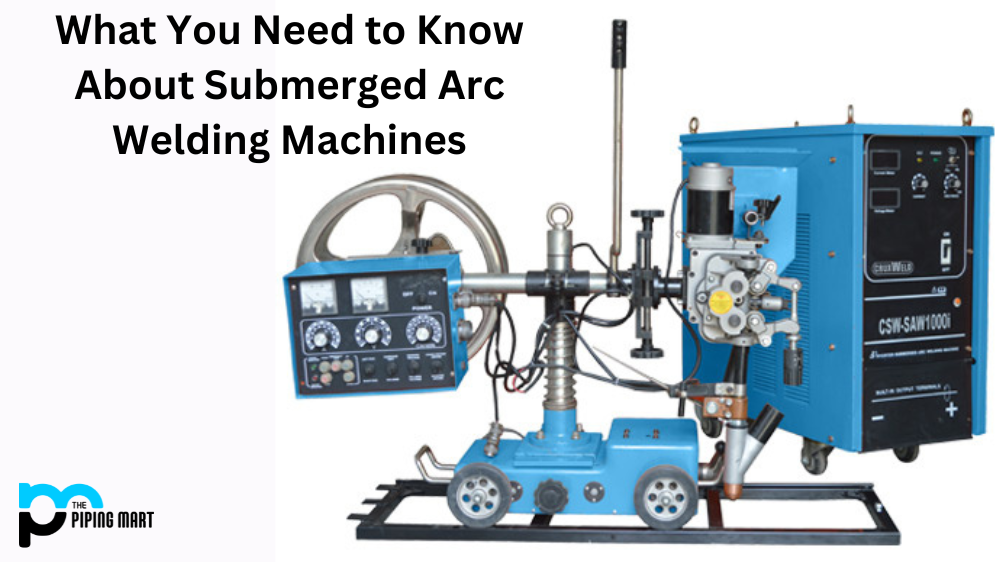Lift check valves are popularly used in water, oil and gas, and other industrial applications to regulate fluid flow and pressure. They are designed to prevent backflow and are valuable components in any pipeline. A lift check valve is similar to a standard check valve, but it has a disc that lifts off its seat to allow flow to pass through when pressure drops. In this blog post, we will discuss the key advantages and disadvantages of lift check valves and consider when and where to use them.
Advantages of Lift Check Valves:
Low-pressure drop
Lift check valves offer low resistance to flow compared to other check valves. This is because the valve disc moves away from the seat only when necessary, preventing unnecessary friction and reducing pressure loss. This makes them ideal for pipelines where a low-pressure drop is desired.
Quiet operation
Lift check valves operate silently and without significant turbulence because of their streamlined shape. This makes them well-suited for use where noise pollution needs to be kept to a minimum.
Durability
Lift check valves are robust and designed to withstand high-pressure and corrosive substances. They are made from durable materials like stainless steel, brass, and bronze, making them ideal for use in harsh environments.
Disadvantages of Lift Check Valves:
Limited flow capacity
Lift check valves can be a disadvantage regarding fluid flow capacity. The valve disc can easily become obstructed, which can cause severe clogs and even lead to the valve failing. Consider maximum flow rates and fluid consistency when deciding whether to use a lift check valve.
High maintenance
Lift check valves require regular maintenance due to possible wear and tear on the valve disc and the seat. Additionally, deposits can accumulate on the disc, causing obstruction and flow disruptions. Regular inspection, cleaning, and repair are, therefore, necessary to prevent failure.
High cost
Lift check valves can be more expensive than other types of check valves. The cost can be associated with the higher-quality materials used and the necessary maintenance. Therefore, regarding budget considerations, a lift check valve may not always be the best choice.
Conclusion:
In summary, lift check valves offer benefits such as low-pressure drop, quiet operation, and durability. Conversely, they also have limitations regarding flow capacity, high maintenance, and high cost. Therefore, when deciding whether to use a lift check valve, it is essential to consider the application’s requirements carefully. If a low-pressure drop and silent operation are a requirement, then a lift check valve may be the best solution. On the other hand, if there is a high flow rate, another type of valve may be more suited to the job.




